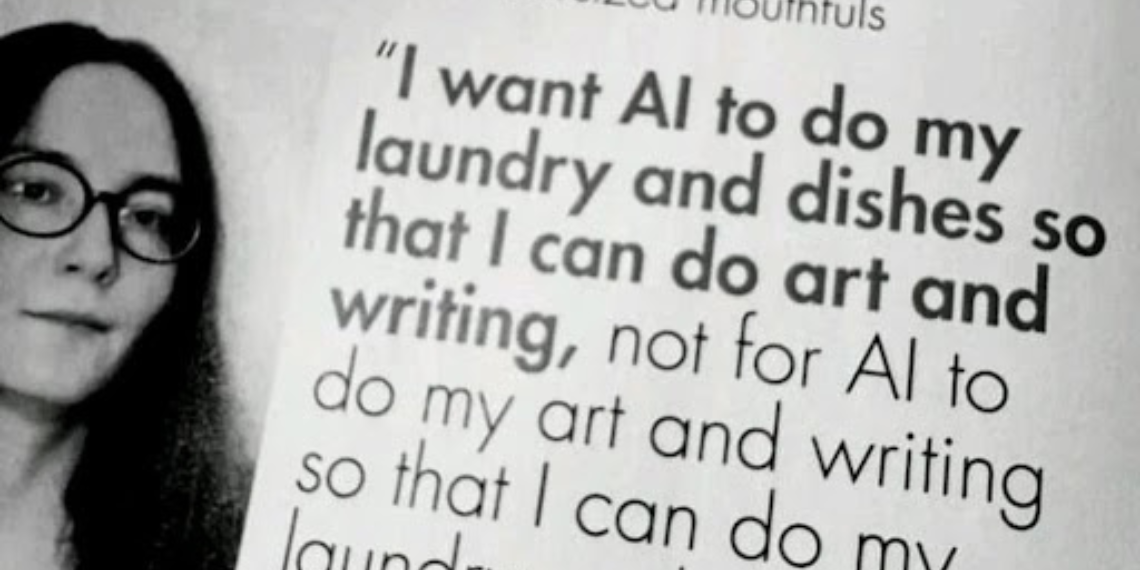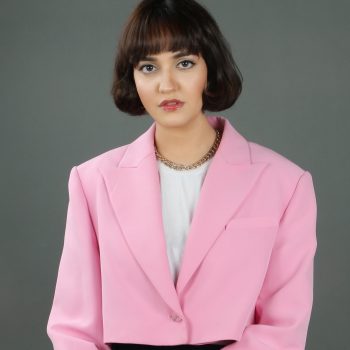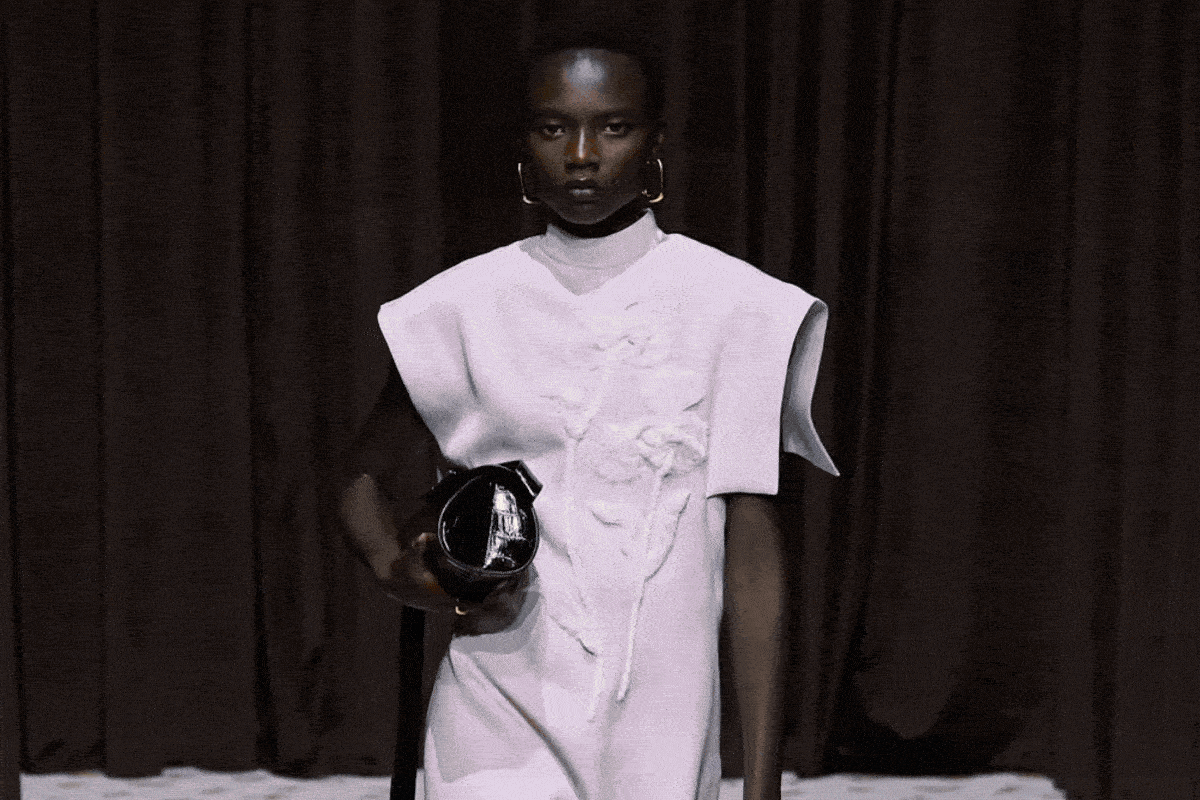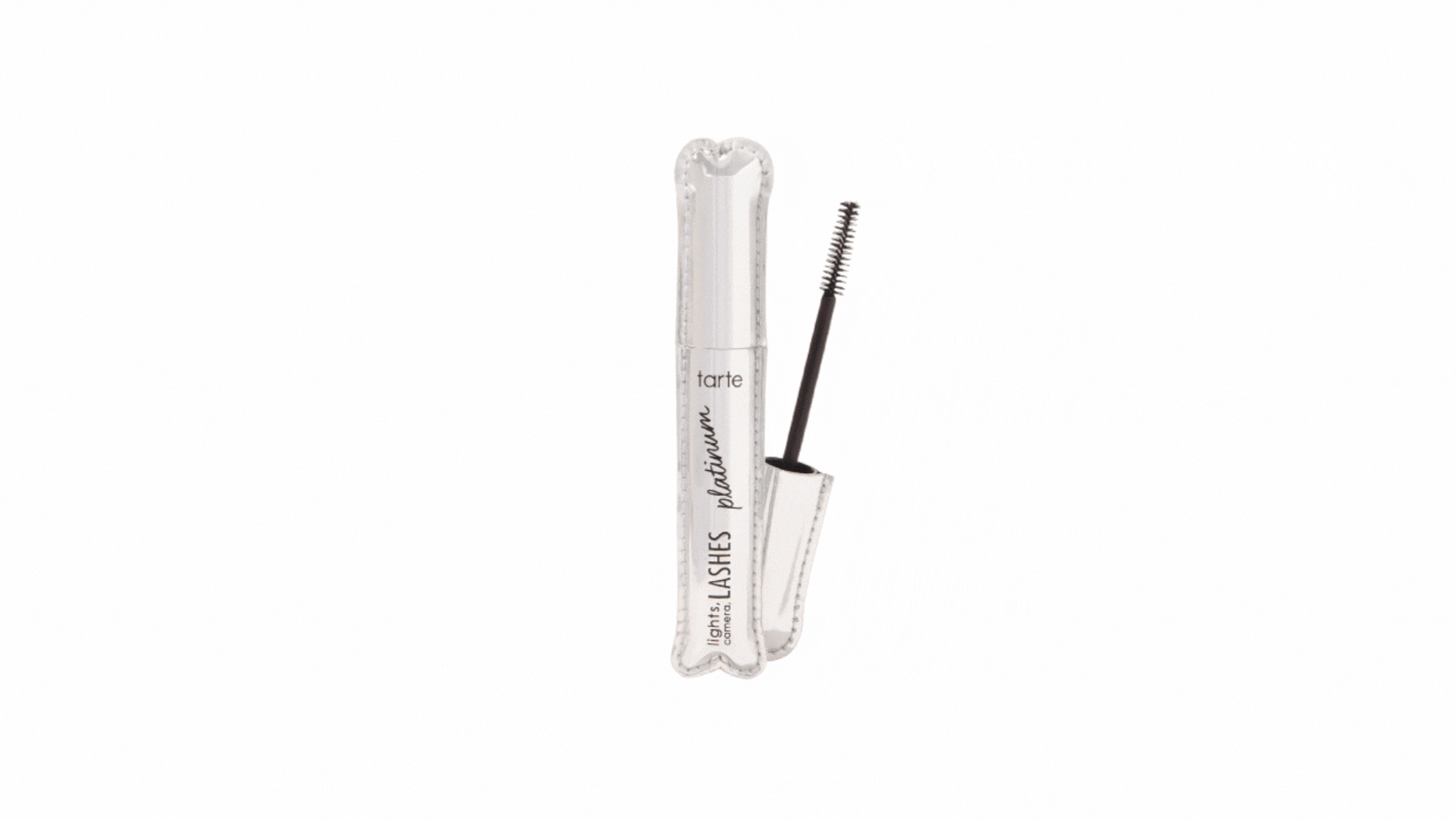In a recent viral quote, author Joanna Maciejewska captures the heart of a debate that’s been swirling around artificial intelligence (AI): “I want AI to do my laundry and dishes so that I can do art and writing, not for AI to do my art and writing so that I can do my laundry and dishes.” It’s a sentiment that’s sparked conversations across the internet, resonating with many who feel a similar unease about the role AI is playing in our creative lives.
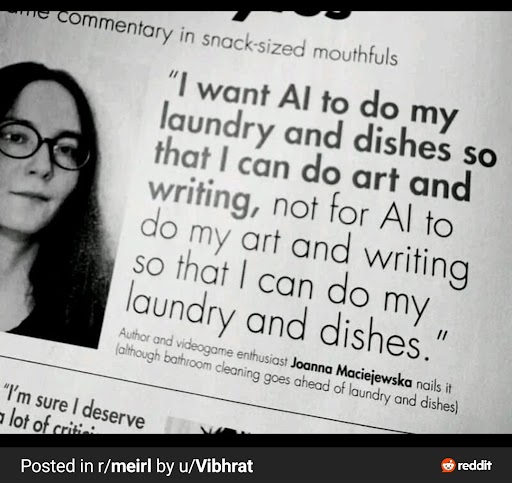
As someone who works in the creative landscape, I’ve seen this divide up close. On one side, you have people who are thrilled about AI’s potential to handle mundane tasks. They see it as a way to free up time for more meaningful endeavours, just like Joanna suggests. Imagine coming home to find your laundry folded, your dishes sparkling (hell, even the bathroom is clean), all thanks to a helpful AI assistant. This dream scenario lets us focus on what truly matters—our passions, our creativity, and our relationships. This isn’t very far from reality, as in 2024, AI programs are already capable of designing clothes, creating art, and even penning fashion editorials that could impress seasoned writers. While this is incredibly efficient, it begs the question: can AI truly replicate the human touch in creativity?
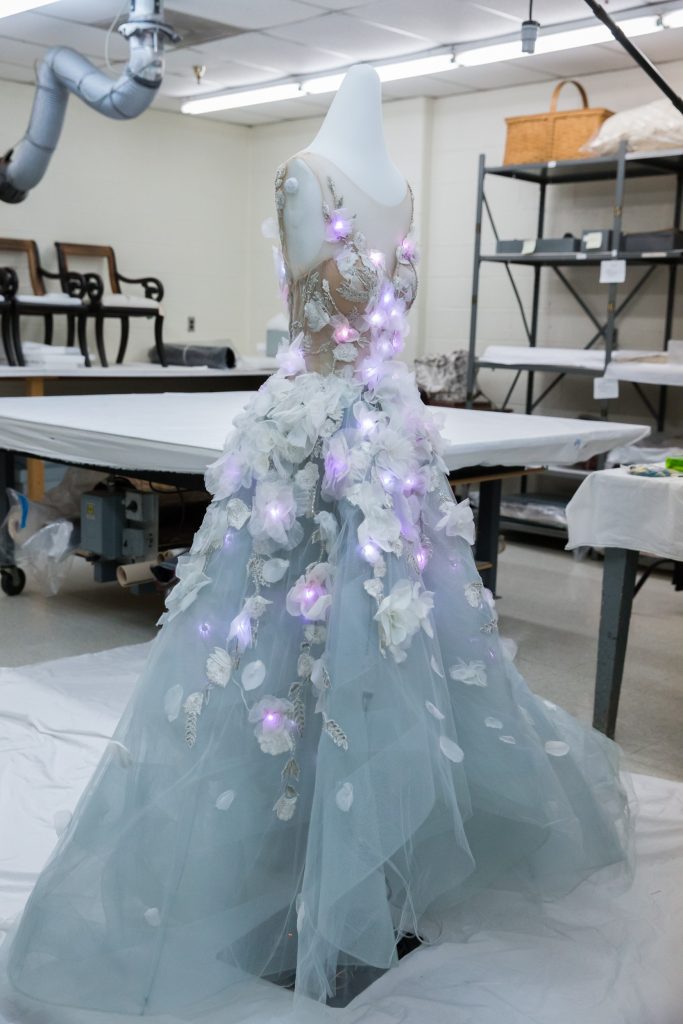
In 2018, IBM paired fashion house Marchesa with their AI, Watson, to create the world’s first dress that reacts to real-time social commentary for the Met Gala, an actual dress that changes based on what’s being said about it on social media. This tech-savvy gown, crafted with the help of Watson, was a show-stopping fusion of technology and fashion.
Yet, critics argue that while AI can analyse trends and predict what might hit the runway, it lacks the emotional depth and personal touch that human designers bring to their work. The soul and story behind a garment, which often make it truly special, are challenging for AI to replicate. Can a machine capture the nostalgia of a summer evening or the chaos of a bustling city market that inspires a designer? This debate continues, highlighting the ongoing discussion about the irreplaceable human touch in creativity that AI is still striving to master.
There’s a worry that if we let AI take over these spaces, we might lose something fundamental about what it means to be human. Creativity, after all, isn’t just about producing something new; it’s about expressing who we are, our experiences, and our emotions.
There are AI programs now that can compose entire symphonies. Some, like Holly Herndon, see AI as a collaborator that can inspire new musical ideas and push the boundaries of creativity. On the other hand, there are musicians who fear that AI-generated music lacks the emotional depth and lived experience that human composers bring to their work.

Oh, and how can I forget the buzz around “The Next Rembrandt”? Yeah, the one where an AI whipped up a painting that could fool even the sharpest art critic into thinking it was a lost masterpiece by the Dutch legend himself. On the surface, it’s pretty impressive. The tech whizzes managed to get an algorithm to analyse Rembrandt’s brushstrokes so closely that the end result is almost uncanny.
While the tech crowd was patting themselves on the back, art critics and actual artists were rolling their eyes so hard you could practically hear it. They weren’t buying it. Sure, the AI nailed the look—the shadows, the textures, the whole shebang. But where’s the soul, they asked? The personal touch? The backstory of human struggle and success in each stroke?
It’s like comparing a Michelin-starred chef’s dish to a microwave dinner. One has heart, sweat, and probably a few singed eyebrows behind it. The other? Well, it gets the job done, but it doesn’t make you want to write home about it. Critics argue that while AI might replicate appearance, it can’t capture the heart and intention that a true artist pours into their work. So, while “The Next Rembrandt” might hang in a gallery and look the part, it’s still missing that human spark that makes art, well, art.

